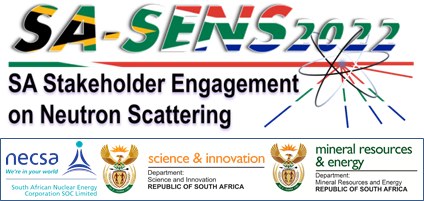In general, neutron reflectometry is a technique where specular reflectivity of neutrons is in essence a surface depth profiling technique which provides information about concentration and composition profiles in a direction perpendicular to the surface or interface. The technique has gained its popularity in studying the near-surface and interfaces of the thin samples in the range of few angstroms to 3000 Å. It is a penetrating probe, and so access to buried and complex interfaces is tractable. The technique provides valuable information over a wide variety of scientific and technological applications including chemical aggregation, polymer and surfactant adsorption, structure of thin film magnetic systems, biological membranes, etc.
The reflectometer operates in either horizontal or vertical plane geometry.
NREF-H: Neutron Reflectometer Horizontal
A neutron reflectometer horizontal (NREF-H) instrument allows the studies of liquid/liquid and liquid/solid interfaces in addition to other samples that can be easily handled in a vertical setup. The mechanical complexity of such setup is easier than that of a vertical setup, however the maximum Q-range one could reach are limited.
NREF-V: Neutron Reflectometer Vertical
A neutron reflectometer vertical (NREF-V) instrument is limited to solid/solid interface investigation. Due to mechanical complexity, however, such an instrument is more challenging to build than a machine with a horizontal scattering plane.
NREF-ToF: Neutron Reflectometer Time-of-Flight
In addition to neutron reflectometer instrument that can be operated in a monochromatic neutron beam, neutron reflectometer time-of-flight (NREF-ToF) performs scans by sweeping wavelength (λ) contained in polychromatic neutron pulses. For a pulsed neutron source the sweeping- type is intrinsically suitable. In a continuous source such as MPR, an NREF-ToF can be built using beam choppers.

